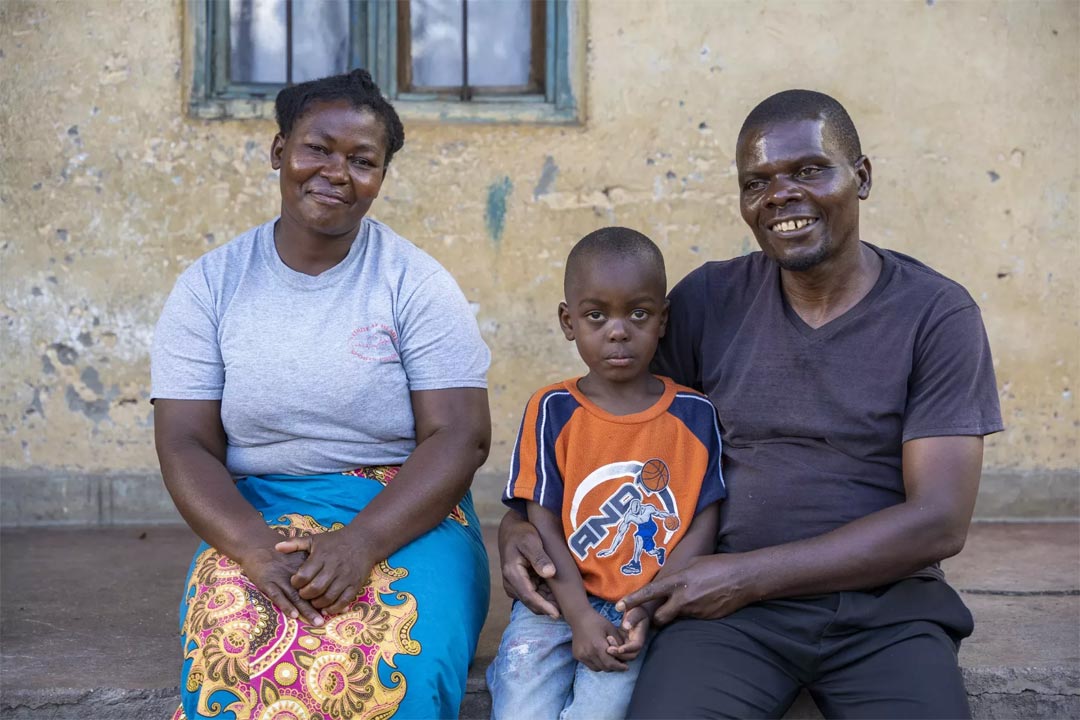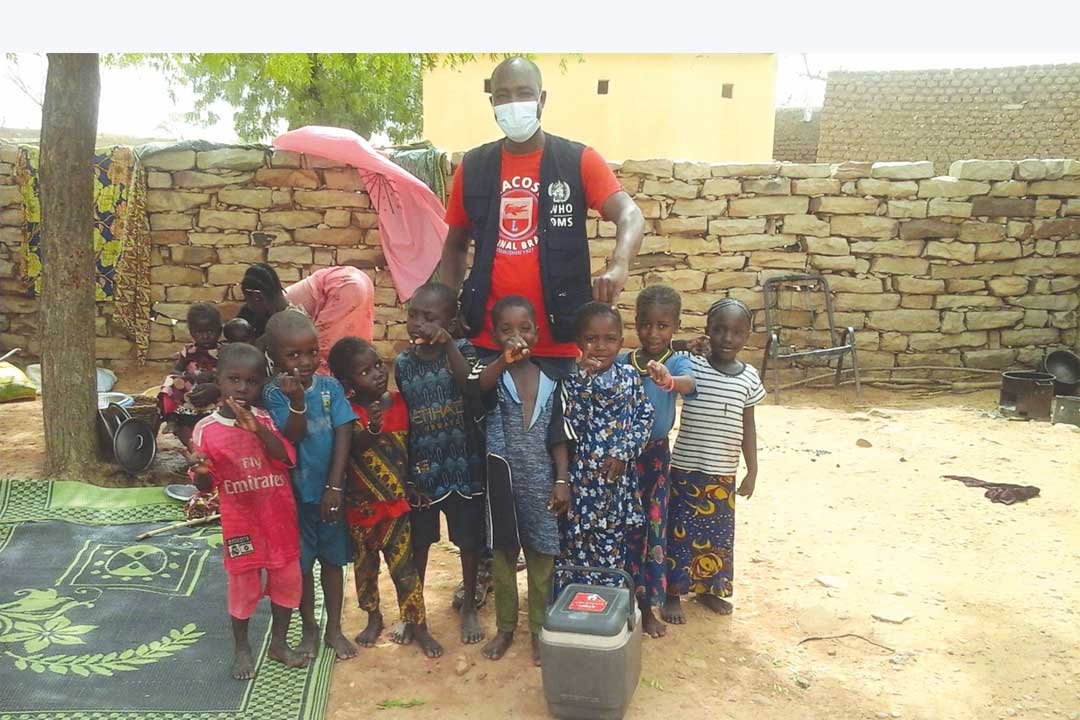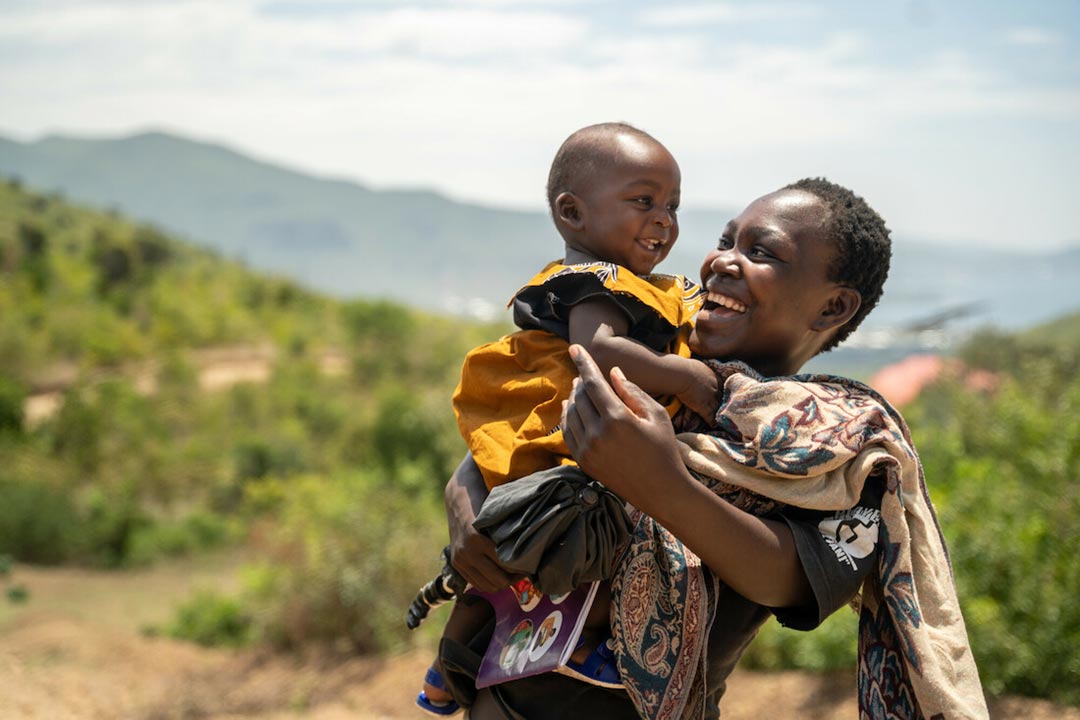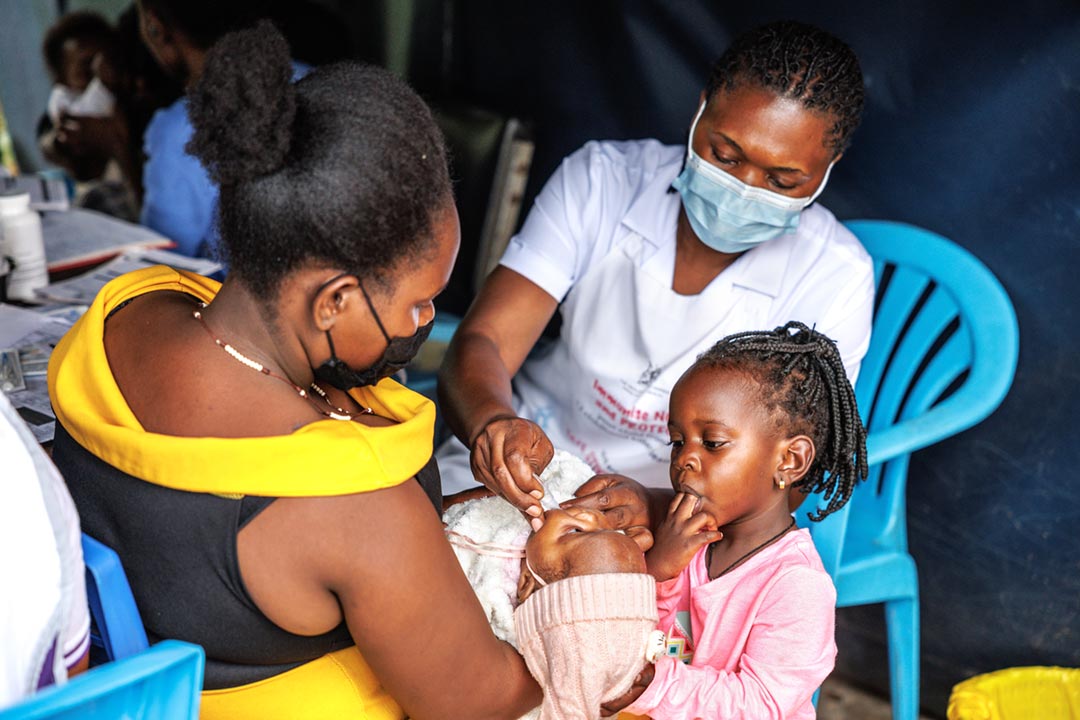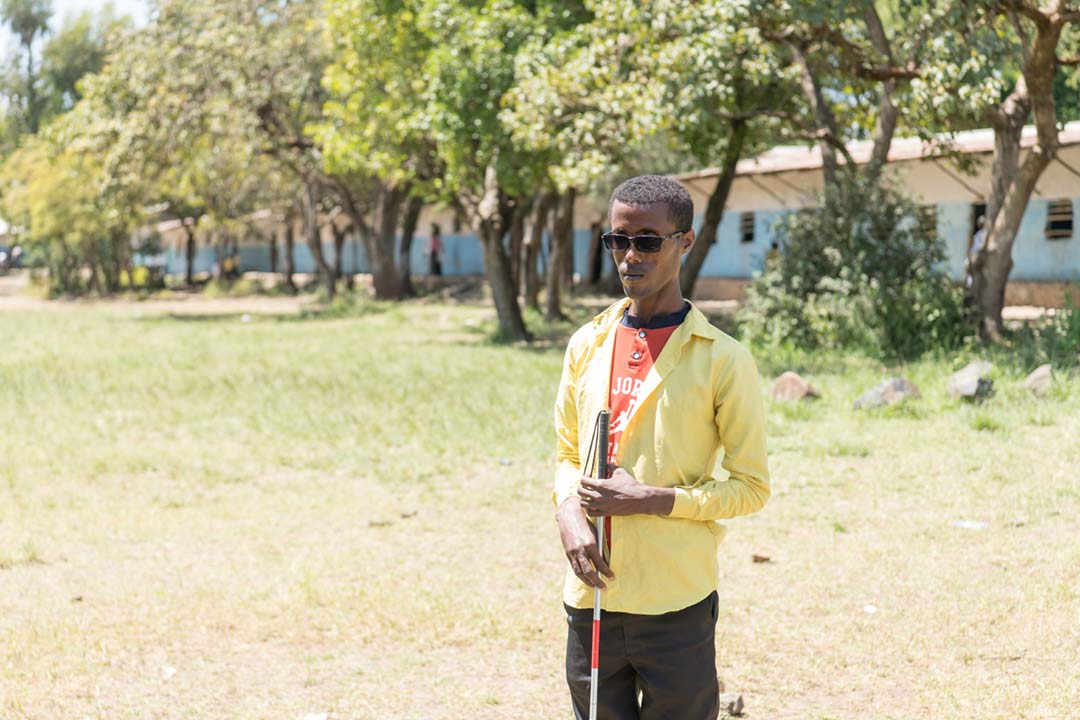No, 1918’s pandemic flu didn’t prey on the vigorous young
New bio-archaeological research on the remains of individuals who died in Ohio in 1918 suggests that during that pandemic, frailer people were also less likely to survive the novel virus.
- 16 October 2023
- 5 min read
- by Maya Prabhu

When the Iron County Record, a Utah newspaper, reported on the death of 21-year-old Clarence Heyborne from pandemic flu in late November 1918, it was to belabour with breathless incredulity that he was fit and well.
He was a "sturdy youth"; the "husky son" of Mr and Mrs Heyborne. He had recently enlisted for military service: "When given his physical examination by the local board he was pronounced to be one of the two finest physical specimens examined in the county," the journalist wrote. "But it seems to be this type of splendid young manhood that the fatal 'flu' seizes upon for its victims."
Frailer adults, that result suggests, were actually much more likely to succumb to the novel virus than the “splendid” youths exemplified by Clarence Heyborne, who have so often been described as at least equally vulnerable to its attack.
That the novel virus struck either randomly across age brackets, or even appeared to single out healthy young adults, was repeated all over the world. "It seemed to be as fatal to strong adults as to young children and to the old and debilitated," wrote Dr E.S. Phipson in his report on the Indian experience of the pandemic.
But research published last week in the Proceedings of the National Academy of Sciences dislodges the familiar idea that the 1918 pandemic virus was an indiscriminate killer.
Hidden frailty?
It's a fact that an uncommonly large number of people aged 20 to 40 died of the novel 1918 flu. Where mortality is generally U-shaped, with deaths clustering among the very young and the very old, the 1918 pandemic produced a W-shaped mortality curve, with an additional middle spike among younger adults.
But were those adults really as healthy as the conventional history suggests? "Was there some underlying frailty yet to be identified among those who died?" ask anthropologists Amanda Wissler and Sharon DeWitte in the new paper.
Into the bone locker
To get beyond population-level data – which can't typically offer a read on the relative frailty of the dead – and to drill down to the level of individual experience, the researchers turned to a repository of bones.
The Hamann-Todd Osteological Collection consists of the skeletal remains of more than 3,000 individuals who died in Cleveland, Ohio, between 1912 and 1938. The study's authors worked on the remains of 369 of these individuals, dividing them into the "flu group", who died during the seven months that the pandemic raged in Cleveland, and the control group.
Have you read?
Next, they examined tibias, looking for "periosteal lesions" – bumps on the bone that are "a commonly used indicator of stress in biological anthropology", which arise in response to inflammation of the periosteum. That can happen after a range of shocks, from physical trauma to local or systemic infection.
The bumps could point to nutritional deficiencies, cancer or tuberculosis, among other stressors. In any case, the researchers posit, the presence of "active" – as against healed or "mixed," meaning part-healed – periosteal lesions makes a good proxy for greater frailty.
Not so indiscriminate
"For those with active lesions, the risk of death during the 1918 flu is 2.7 times greater compared to those with mixed lesions," the study finds.
Even in a mega-pandemic, the authors underscore, nodding forward in time to our own recent experience, not everyone is equally likely to die.
Frailer adults, that result suggests, were actually much more likely to succumb to the novel virus than the "splendid" youths exemplified by Clarence Heyborne, who have so often been described as at least equally vulnerable to its attack.
In the face of this new evidence, what explains the overturned belief in the virus's unselective progress through the global population? Young adults dying in large numbers is more unusual and more disruptive – to the workplace, to families – than fatalities among infants and the elderly, observe the authors. That clearly made an outsize impression – plausibly inspiring a belief in the virus's ability to kill those conventionally considered least likely to die.
Hysterical novelty, over again
Even in a mega-pandemic, the authors underscore, nodding forward in time to our own recent experience, not everyone is equally likely to die.
That's evidently an important grounding for public health policy, particularly in conditions of panic or health system overwhelm.
There's a wider lesson in this piece of bio-archeological revisionism. Novel viruses may behave unusually compared to familiar pathogens, but they are probably less weird, less perverse and certainly less malicious than we seem inclined to imagine them in the anxious haze of the first encounter.
Framing COVID-19 in popular discourse as bizarre or capricious can only work against our capacity to respond well. In a recent interview with the New York Times, immunologist and epidemiologist Michael Mina described COVID-19 as "following every pattern we would expect. It is, and was, a "textbook virus".
New, not actually weird. The hype of the virus's novelty was obstructive: "We could've taken action based on what we knew, rather than waiting around to prove everything and publish papers in Nature and Science talking about things we already knew," Mina says.
More from Maya Prabhu
Recommended for you
